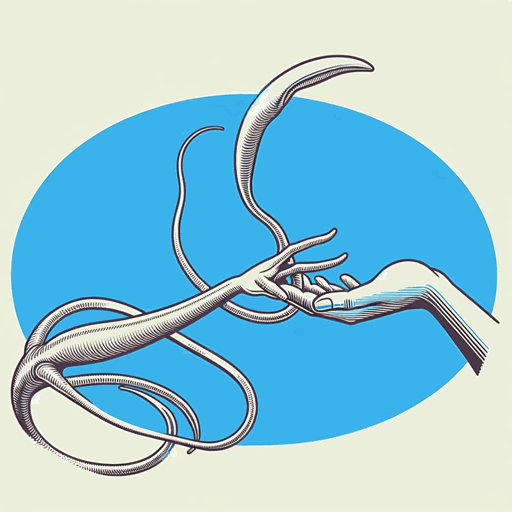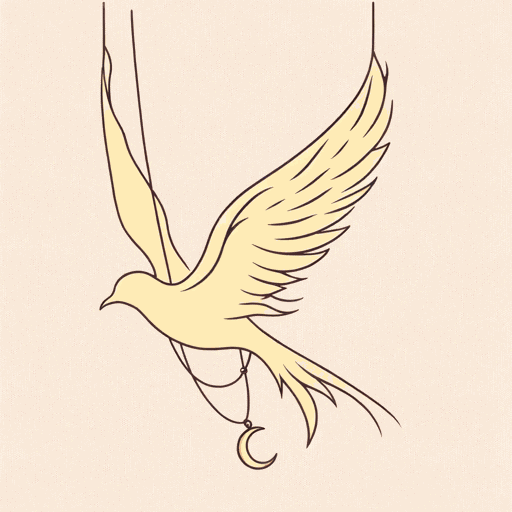59 pages • 1 hour read
Octavia E. ButlerKindred
Fiction | Novel | Adult | Published in 1979A modern alternative to SparkNotes and CliffsNotes, SuperSummary offers high-quality Study Guides with detailed chapter summaries and analysis of major themes, characters, and more. For select classroom titles, we also provide Teaching Guides with discussion and quiz questions to prompt student engagement.
Symbols & Motifs
Literacy
The ability to read and write is a powerful symbol of both freedom and danger. As Dana notes, “one of the reasons it was against the law in some states to teach slaves to read and write was that they might escape by writing themselves passes. Some did escape that way” (49). Indeed, Nigel asks Dana to teach him to read because he wants to run away. Alice wants Joe and Hagar to learn to read because it means they will have a chance at freedom that Rufus initially refuses to grant them. Literacy and education are a vehicle for freedom that white slaveowners cannot control or take away. Even if enslaved people do not use their writing ability to write themselves passes, their mental escape in being able to read and feel superior to their owners is powerful. We see this escapism in Dana as she copes with her trauma by reading and writing. Therefore, literacy allows for mental and physical freedom from the clutches of slavery.
Slaveowners know this, and it is one of the reasons Tom Weylin is so afraid of Dana. She is an educated, Black enslaved person who speaks more eloquently than he does. She is literate in both basic medicine and progressive ideas, and he fears that an educated enslaved person like Dana will influence the other enslaved people to forget their role of inferiority.
Related Titles
By Octavia E. Butler

Adulthood Rites
Octavia E. Butler

Bloodchild and Other Stories
Octavia E. Butler

Dawn
Octavia E. Butler

Fledgling
Octavia E. Butler

Parable of the Sower
Octavia E. Butler

Parable of the Talents
Octavia E. Butler

Speech Sounds
Octavia E. Butler

The Evening and the Morning and the Night
Octavia E. Butler

Wild Seed
Octavia E. Butler

